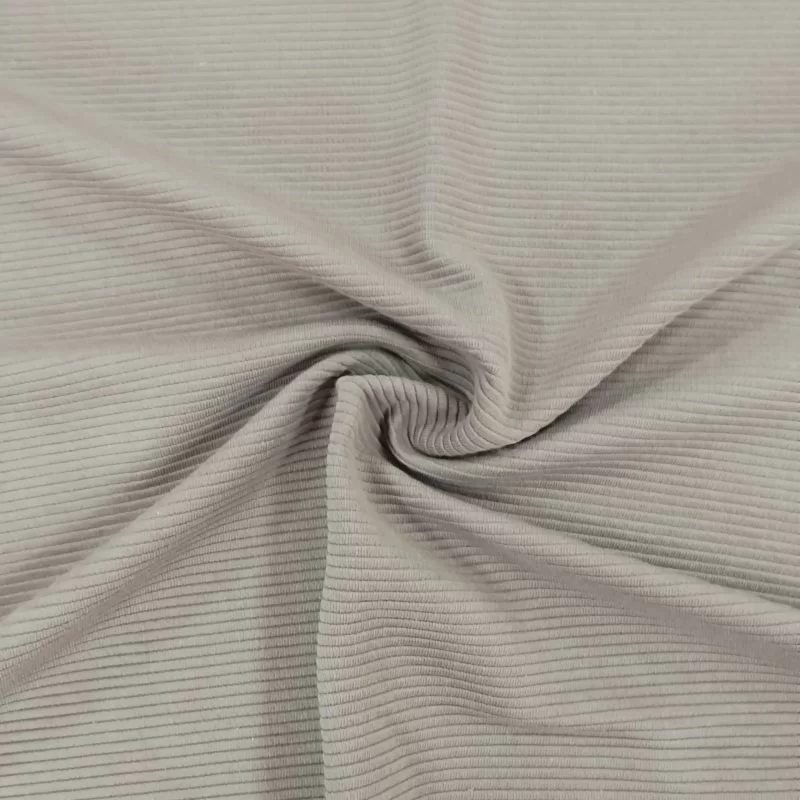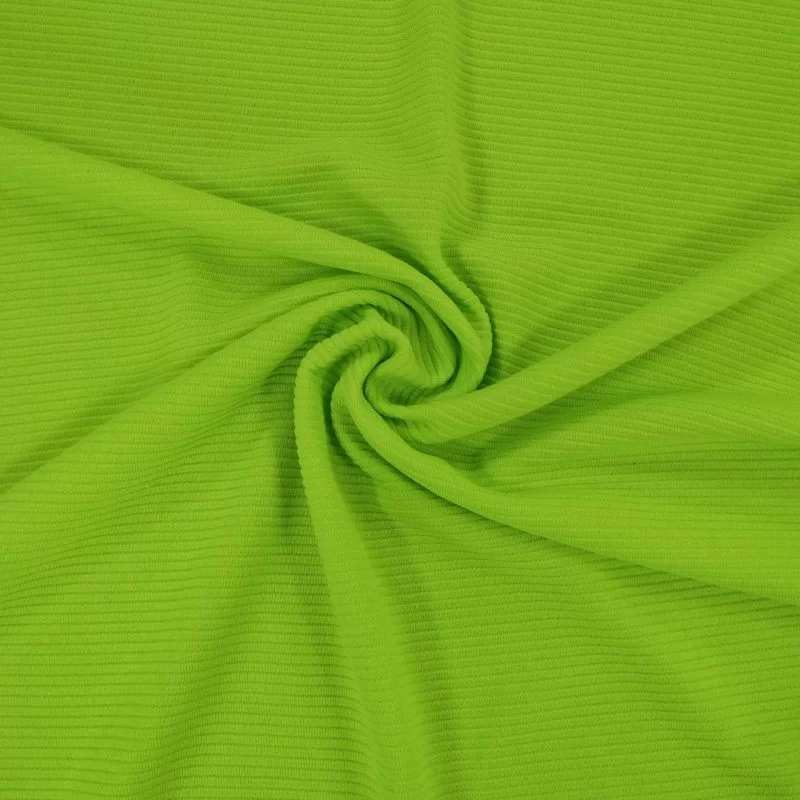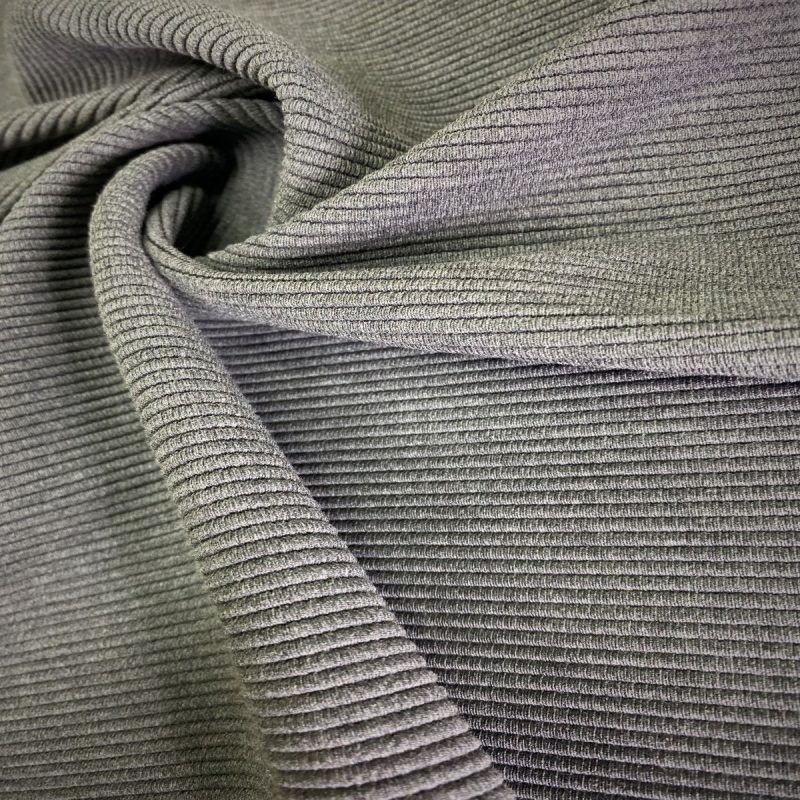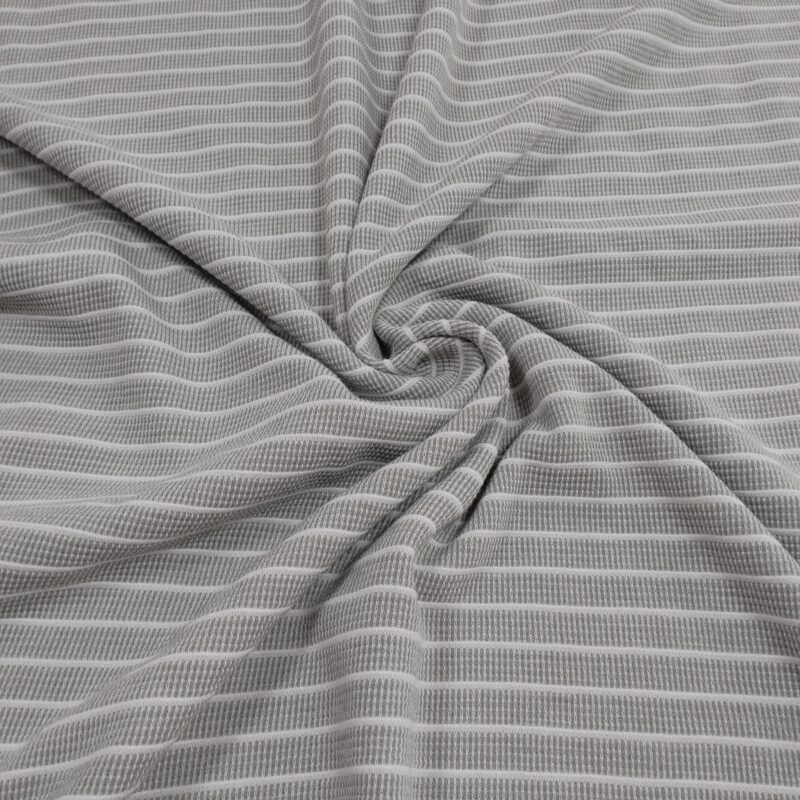Ottoman
This fabric is a type of fabric that is still popular from the past to the present. The texture of this fabric, produced with a special knitting technique, is wicky or ribbed. In this way, there are patterns in the form of protrusions on the surface of the fabric. This fabric is widely used in both flooring and home textiles such as curtains. It is suitable for many years because it is a buckle and durable fabric. Since it is a high and easy-to-maintain fabric, it is known as a very practical fabric. Details such as the commonly used areas, its basic features, and how it is produced are summarized below.
What Is Ottoman Fabric?
This fabric takes its name from the Ottoman Empire and is a fabric that has come from that time to the present. It is a fabric that has been woven frequently and has a certain weight. This fabric is produced with a special weaving technique. The threads are interlocked to form raised protrusions along the surface of the fabric, and as a result, this fabric is obtained. It has a ribbed and wicky look. Thus, the fabric has a wavy pattern. It can be produced from natural yarns such as silk and wool or synthetic yarns according to where to use it.
Characteristics of Ottoman Fabric
This fabric is a widely preferred fabric that has come from the past to the present day. The prominent features of this fabric are as follows.
- This fabric has a ribbed structure. Rib knitting creates protrusions on the surface of the fabric.
- It is a durable and thick fabric due to the weaving technique used. In this way, it is suitable for frequent use and also shows resistance to situations such as wear and tear.
- Although it is a thick fabric, it is not very heavy. In this way, it is used easily in many textile products.
- Through its buckle structure and high cover, its use is especially advantageous in-home textiles such as curtains.
Usage Areas of Ottoman Fabric
This fabric has had different uses from past to present. Diversity in the field of use is among the factors that make this fabric attractive. It was used quite widely in flooring and decoration products especially in home textiles during the Ottoman Empire. Today, it is often used in outerwear products, which are part of everyday clothing, and in-home textiles and decorations such as curtains.
Care of Ottoman Fabric
The care of this fabric varies according to the main material used as a thread. This fabrics made of cotton are generally easy to maintain. It is usually produced as easily cleanable, but sometimes dry cleaning may be required in textile products such as outerwear. Similarly, these fabrics used in furniture in home textiles may require special care and cleaning. It does not require ironing due to the knitting technique used in general. The fabric can easily turn back to reinstate after washing, and the ironing process can also have a negative effect on the braids in this case. To be careful in such situations, it is necessary to examine the maintenance instructions of the relevant textile product in detail.
How is Ottoman Fabric Produced?
This fabric is produced in a similar way to other knit fabrics. In general, materials such as wool and silk are selected as yarns, but these preferences are factors that increase the cost of the fabric. Artificial silk and polyester are also widely used alternatives as yarn. The detail that makes the main difference in fabric is the weaving technique. It has a structure that looks like a wick because of its weaving technique. Wavy patterns on its surface are also called thick ribs.
This fabric, which has a buckle and solid structure, is a very advantageous fabric in many ways. This one is an excellent option among knit fabrics when these advantages are evaluated.












